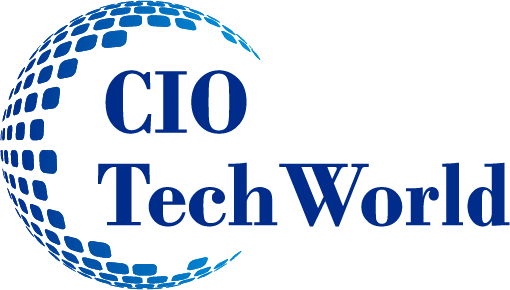The administration of collaborative content is crucial to contemporary company operations. The problem of maintaining data security and privacy is added to that, though. Data breaches can be expensive for businesses, both in terms of cash losses and reputational harm. To ensure data security and privacy in collaborative content management, consider the following tactics:
Use Technologies for Secure Collaboration
Using secure collaboration tools is one of the best ways to maintain data security and privacy. In order to protect data while it is being transported between users, look for solutions that employ end-to-end encryption. Also, to guarantee that only authorized users may access the content, use solutions that demand multi-factor authentication.
Access controls: Describe
To ensure data security, defining access controls is essential. Data security and privacy in collaborative content management. Access controls ensure that only authorized users can access specific data, reducing the risk of unauthorized access. This means that businesses need to develop a clear policy for defining who can access which data and under what circumstances.
Role-Based Access Control should be used.
A way of setting access controls based on the responsibilities of certain users is known as role-based access control. This lowers the risk of data breaches by enabling organisations to restrict access to particular content based on the user’s job function. Businesses can make sure that employees only have access to the information they need to carry out their duties by establishing role-based access control.
Check access controls frequently
To make sure they are still applicable and useful, access restrictions must be frequently evaluated. As a result, organisations must conduct routine audits to spot any modifications to employee roles or responsibilities that would need adjusting access restrictions. Businesses should also routinely examine access records to spot any strange behaviour that could imply a data breach.
Put Data Loss Prevention (DLP) Solutions into Practice
Data loss prevention (DLP) solutions are made to prevent the loss or theft of data. By identifying sensitive data and implementing rules to restrict its sharing or transmission outside of the company, they can be used to avoid data breaches. DLP tools can also be used to spot and stop unauthorised access to confidential information.
Conclusion
As a result, using secure collaboration tools, specifying access controls, putting role-based access control into practice, periodically reviewing access controls, and implementing data loss prevention solutions are just a few of the strategies needed to ensure data security and privacy in collaborative content management. Businesses may lower the risk of data breaches, safeguard sensitive information, and keep consumers’ trust by taking these precautions.

At CIO TechWorld, I architect global revenue strategy, cultivate enterprise alliances, and engage directly with CXO leaders shaping the future of technology.
Operating at the convergence of editorial intelligence, commercial strategy, and executive influence, I specialize in transforming complex business objectives into authoritative market presence.








